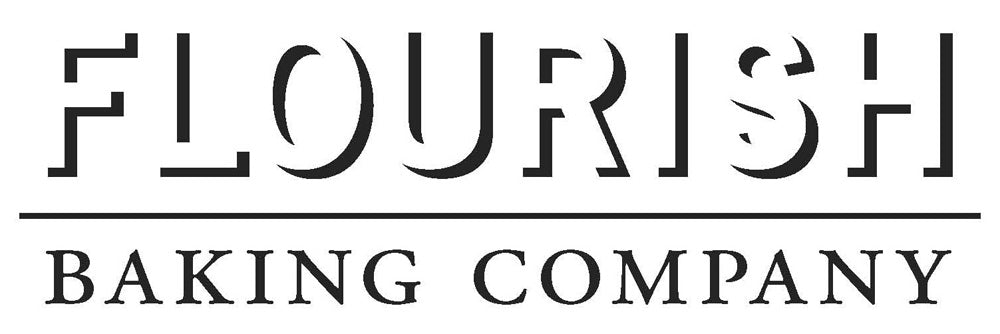April 27, 2018 1 Comment
It’s hard to believe that something as simple as a whipped confection of sugar and egg whites could be so spectacular, but a traditional meringue is just that. Beat egg whites in a clean bowl to form soft peaks, then gradually add in the sugar and continue beating until stiff peaks have formed. It can be left as-is, piped into shapes and baked, generously dolloped atop another dessert for a dramatic finish, or folded with any assortment of flavors, colors, and textures.
Meringue is, at once, humble and elegant; ultimately, a show-stopper that gives nothing away of its simple beginnings.
Just as mysteriously, there are many stories of how the meringue came to be, with little written record to say for sure which, if any, is the real one.
Some of the stories go back to the Swiss town of Meiringen, and a pastry chef named Gasparini. The date is either 1720 or sometime in the 1600s, depending on who you believe. Gasparini was either fiddling with the recipe all on his own, or else he was preparing a dinner for the visiting Napoleon and wanting to make use of some leftover egg whites, having already made a dessert using the yolks. Whether Napoleon was involved or not, Gasparini’s recipe was never found.
Others say it was Marie Antoinette who truly made a name for the humble meringue, bringing it from her family’s home in Nancy to the royal court when she married Louis XV. And still others trace it back not to Louis XV but Louis XIV, or rather, Louis XIV’s Cuisinier Royal, Francois Massialot.
Yet, before the time of Napoleon or of Marie Antoinette, there was Lady Elinor Fettiplace in England in 1604, who described a “white biskit bread” curiously similar to today’s meringue.
It seems as though the story of the meringue is as easily molded as the meringue itself, a blank canvas that could go in many different directions. Various countries and cultures have adopted the technique, paving the way for a plethora of desserts over the centuries; and we couldn’t be more excited about the innovative direction meringues have taken over the past several years in particular.
After all, here at meringueshop, a history of the classic meringue isn’t complete until we fast forward all the way to the 21st century. Up until then, vegan egg replacers primarily relied on purees made from starchy fruits and vegetables and the occasional mucilaginous seed (shout out to the oft-used chia and flax eggs). However, these options were often inferior to their classic egg counterparts in taste and texture – and they certainly couldn’t be used to whip up a voluminous, egg-free meringue.
2014 was the true turning point. Some people had been dabbling with new options for vegan egg replacers, and others were beginning to explore the curious properties of the up-till-then-undervalued chickpea cooking liquid we now refer to as aquafaba. But it was a man by the name of Joël Roessel who blended those pursuits into one and successfully demonstrated how to use aquafaba as an egg replacer in baked goods. Finally, in 2015, a U.S. software engineer named Goose Wohlt tied up the loose ends of aquafaba’s gradual coming to power, and put out into the world his instructions for how to create a vegan meringue made out of two simple ingredients: aquafaba and sugar.
Again, two simple ingredients with remarkable complexity and promise in the world of pastry arts. One of the explanations for how a two-ingredient dessert can be used in so many diverse recipes lies not in the ingredients, but in the technique. You see, whether you start with a classic base of eggs or a more innovative one of aquafaba, what you wind up with depends largely on which of three distinct preparation methods you select: French, Swiss, or Italian. What’s the difference? Well, that’s a story – and blog post – for another day. Check back over the next few weeks for more posts on meringue-inspired recipes and technique.
(Oh, and if you want to learn more about how, exactly, we make our aquafaba meringues, you might like our previous blog posts on the science behind the vegan meringue and vegan marshmallow!)
Guest contributor, Jessica Serdikoff
Jessica has been driven all her life by a passion for food. Getting her informal start in her grandmother’s kitchen many years ago, she took a brief culinary hiatus to become a registered dietitian and certified personal trainer. Her curiosity and enthusiasm for food, recipe development, and kitchen creativity never left her, though, leading her most recently to graduate from the chef’s training program at the Natural Gourmet Institute of NYC. Now she has the know-how to geek out about food and the science behind it!
Sign up for our newsletter
to stay up-to-date on new foods, holiday specials and gifts

asvlweozog
March 20, 2021
Muchas gracias. ?Como puedo iniciar sesion?